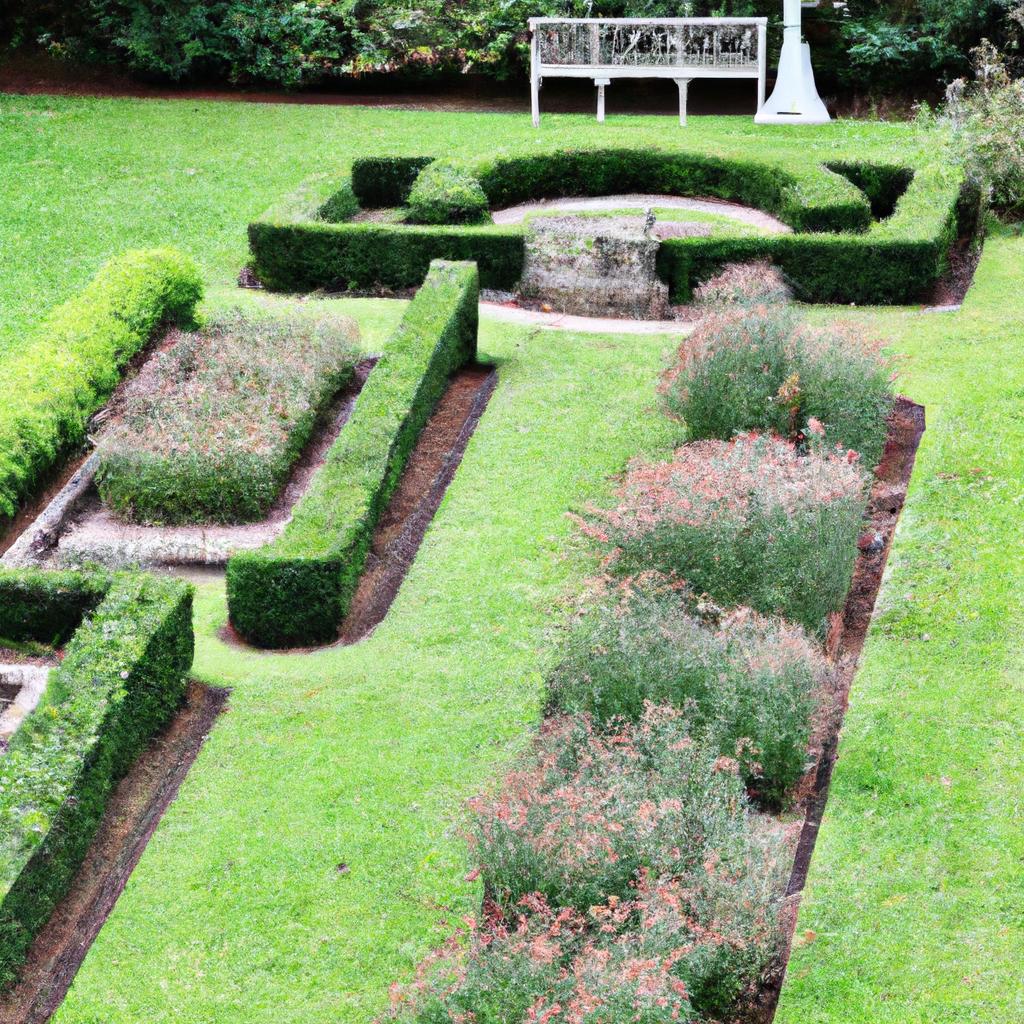Discover the elegance and charm of 1920s garden design. Uncover the influences, elements, and popular plants that defined this enchanting era.
The 1920s, often referred to as the “Roaring Twenties,” were a captivating era in history that left an indelible mark on various aspects of society, including garden design. In this article, homegardenartful.com will embark on a journey to explore the enchanting world of 1920s garden design and uncover the unique characteristics and influences that made it a golden age for outdoor aesthetics.
During the 1920s, garden design underwent a profound transformation, reflecting the changing societal values and preferences of the time. The era was characterized by a shift towards modernity, as people embraced a sense of liberation and sought to break away from the rigid formalities of the Victorian era. Gardens became an extension of one’s personal style and a means of self-expression.
Influenced by the Arts and Crafts movement, 1920s garden design embraced simplicity, clean lines, and minimalism. The use of geometric shapes and symmetrical layouts became prevalent, evoking a sense of order and balance. The emphasis shifted from intricate detailing to creating harmonious spaces that seamlessly blended with the surrounding architecture.
The 1920s also witnessed a newfound appreciation for nature’s beauty. Garden designers drew inspiration from the natural world, incorporating elements such as water features, rockeries, and meandering pathways. This integration of organic elements with geometric design principles created a sublime fusion that captivated the senses.
As we delve deeper into the captivating world of 1920s garden design, we will explore the popular plants and flowers that adorned these gardens, the architectural features that added structure and charm, and the color schemes and decorative accents that enhanced their allure. Join me on this nostalgic journey as we rediscover the elegance and timelessness of 1920s garden design.
So, are you ready to be transported to an era of grace and sophistication? Let’s embark on this captivating journey together and uncover the secrets of 1920s garden design.
Elements of 1920s Garden Design
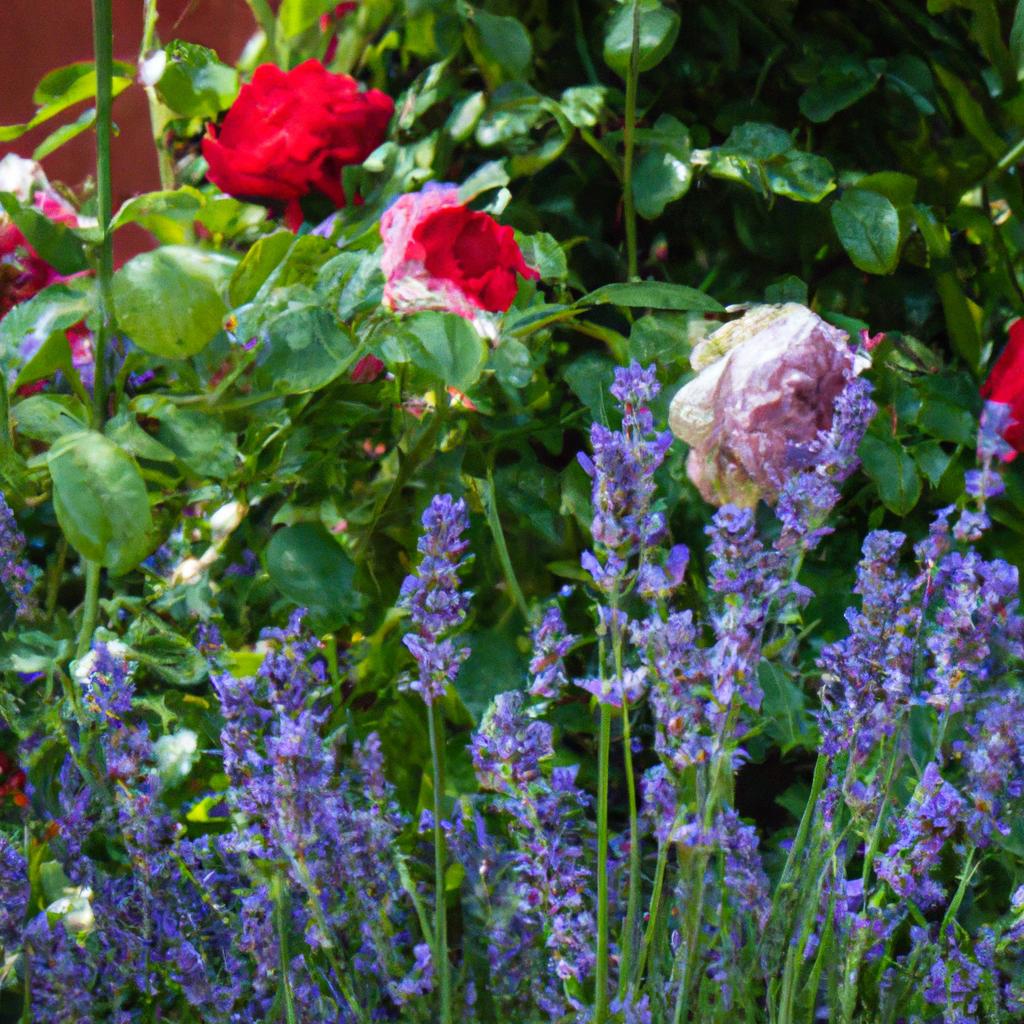
Defining the Essence of 1920s Garden Design
When it comes to 1920s garden design, certain key features and elements define its distinct character and enduring allure. Let’s explore these defining elements that continue to inspire garden enthusiasts today.
Geometric Shapes, Symmetry, and Formal Layouts
The 1920s embraced a departure from the organic, free-flowing designs of previous eras. Instead, geometric shapes took center stage, creating a sense of order and precision. Rectangles, squares, circles, and triangles were meticulously integrated into the garden layout, lending a structured and balanced aesthetic.
Symmetry played a vital role in 1920s garden design, mirroring the architectural symmetry often found in the surrounding buildings. Paths, flower beds, and hedges were carefully aligned to create a harmonious visual balance. This emphasis on symmetry evoked a sense of elegance and sophistication, reflecting the desire for order in a rapidly changing world.
Clean Lines, Simplicity, and Minimalism
The 1920s marked a shift towards simplicity and minimalism in garden design. Clean lines replaced ornate detailing, creating a sense of understated elegance. Ornamental flourishes were stripped away, allowing the natural beauty of the plants and architectural features to shine.
In this era, gardens were seen as tranquil retreats, providing respite from the hustle and bustle of modern life. The focus was on creating serene spaces that fostered relaxation and contemplation. By simplifying the design and minimizing clutter, the gardens of the 1920s exuded a sense of calm and tranquility.
As we immerse ourselves in the world of 1920s garden design, we will explore the plants and flowers that graced these enchanting spaces, the architectural features that added depth and structure, and the color schemes and decorative accents that brought charm and character. So, let’s continue our journey and uncover the timeless beauty of 1920s garden design together.
Popular Plants and Flowers in 1920s Gardens
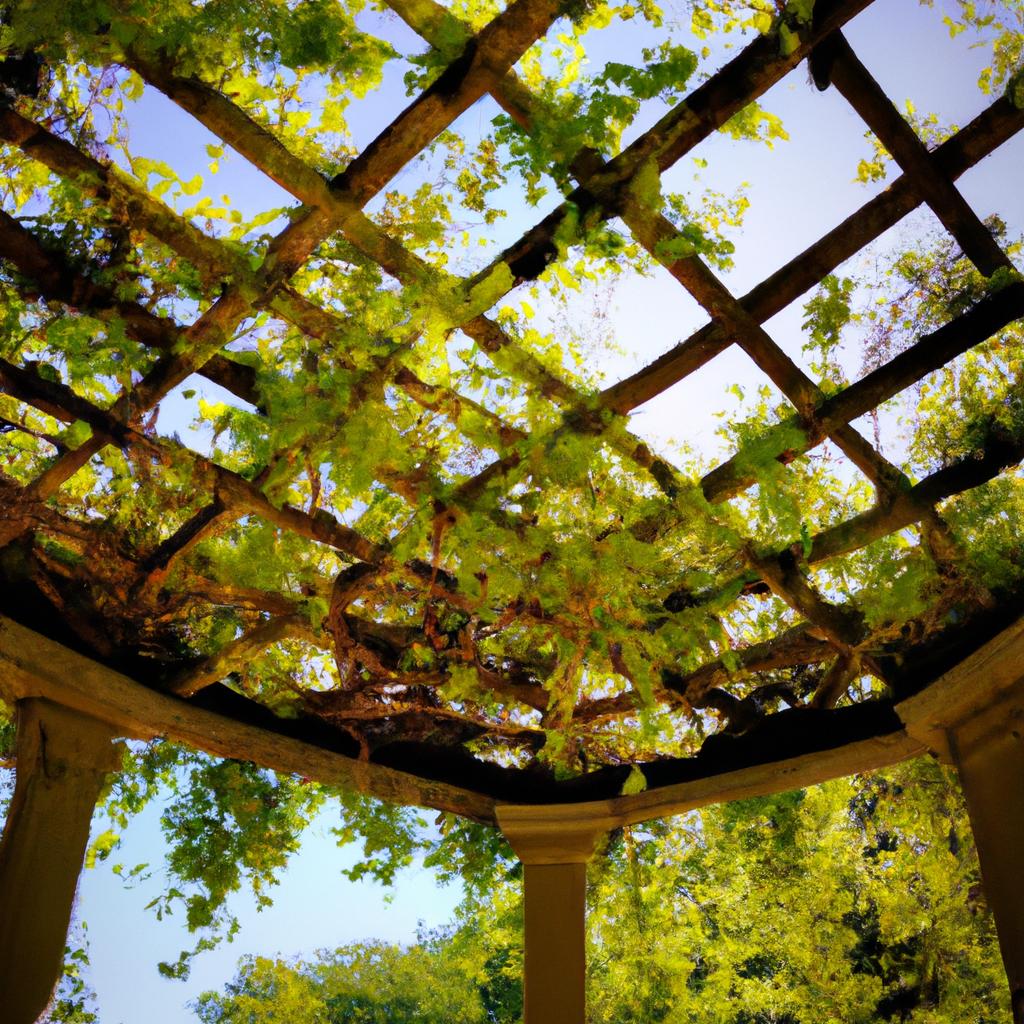
The 1920s were a time of botanical splendor, as garden enthusiasts embraced a wide array of plants and flowers to create stunning displays in their outdoor sanctuaries. Let’s delve into the plant selection of this era and discover the horticultural treasures that adorned 1920s gardens.
Exploring the Botanical Palette of the 1920s
Influenced by the Arts and Crafts movement, which emphasized a return to nature and the use of locally sourced materials, 1920s garden designers favored plants that exuded simplicity and natural beauty. Native species and those with historical significance took center stage, as gardeners sought to create a harmonious connection between their gardens and the surrounding landscape.
The Influence of the Arts and Crafts Movement
The Arts and Crafts movement, with its emphasis on handcrafted beauty and reverence for nature, greatly influenced plant selection during the 1920s. Gardeners looked to create a seamless integration of their gardens with the architectural elements of their homes, often using plants to soften the edges and enhance the overall aesthetic.
A Symphony of Blooms: Popular Choices
Roses, with their timeless elegance and intoxicating fragrance, were a beloved choice for 1920s gardens. Varieties such as the hybrid teas and climbers were particularly favored, adding vibrant splashes of color and a touch of romance. Lavender, renowned for its soothing scent and delicate purple flowers, also found its place in the hearts and gardens of this era.
Tulips, renowned for their vibrant hues and graceful form, were considered a symbol of prosperity and were highly sought after. These majestic flowers added a touch of grandeur to garden beds and borders. Dahlias, with their diverse range of shapes and colors, were another popular choice, providing a burst of late-season color and making a bold statement in 1920s gardens.
The 1920s garden design palette extended beyond these favorites, including other blooms like peonies, delphiniums, and irises. Each flower added its own unique charm, contributing to the enchanting tapestry of colors and textures that defined the gardens of this era.
As we immerse ourselves in the world of 1920s garden design, we’ll continue to uncover the architectural features, color schemes, and decorative accents that further elevated these gardens to the epitome of elegance and sophistication. Stay tuned for the next installment, where we’ll delve into the captivating world of architectural features in 1920s gardens.
Architectural Features in 1920s Gardens
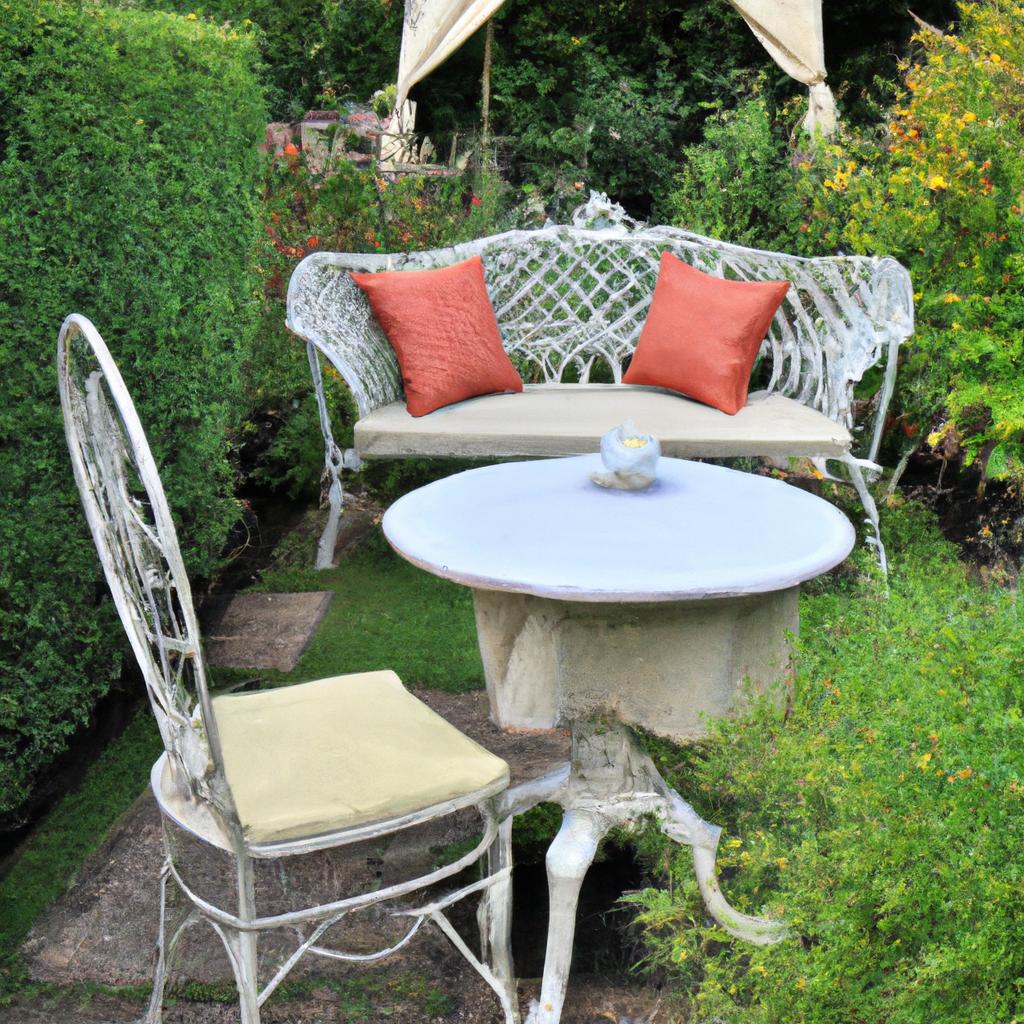
In the realm of 1920s garden design, architectural features played a pivotal role in shaping the overall aesthetics of these outdoor spaces. Let’s explore the key elements that were often incorporated into the gardens of this era and discover how they added a touch of elegance and structure to the design.
Pergolas: A Gateway to Serenity
Pergolas, with their timeless charm, were a popular architectural feature in 1920s gardens. These open structures, typically made of wood or metal, provided a sense of enclosure while maintaining a connection to the surrounding landscape. They often served as an entrance or pathway, leading visitors into the verdant realm of the garden. Adorned with climbing plants such as roses or vines, pergolas added a touch of romance and created picturesque views that delighted the eye.
Trellises: Nature’s Canvas
Trellises were another architectural element frequently found in 1920s garden designs. These latticed frameworks, usually made of wood or metal, offered support for climbing plants and added vertical interest to the garden. By training vines and flowering plants to grow along the trellises, gardeners created living works of art, transforming the garden into a vibrant, ever-changing tapestry of colors and textures. Trellises not only enhanced the visual appeal of the space but also provided a sense of privacy and enclosure.
Archways: Portals of Wonder
Archways, with their graceful curves and enchanting allure, were a hallmark of 1920s garden design. These elegant structures, often made of stone or wrought iron, served as gateways between different sections of the garden, guiding visitors on a delightful journey of discovery. With climbing roses or fragrant jasmine adorning their frames, archways created a sense of wonder and mystery, inviting exploration and creating a natural transition from one garden area to another.
The architectural features in 1920s gardens played a crucial role in creating a cohesive design. Pergolas, trellises, and archways not only added structure and visual interest but also served as focal points that drew the eye and created a sense of harmony within the garden. By incorporating these elements, garden designers of the 1920s were able to transform ordinary outdoor spaces into enchanting havens of beauty and tranquility.
Join me in the next section as we delve into the captivating world of color schemes and decorative accents in 1920s gardens, where we’ll uncover the secrets of infusing these outdoor spaces with a touch of glamour and sophistication.
Color Schemes and Decorative Accents in 1920s Gardens
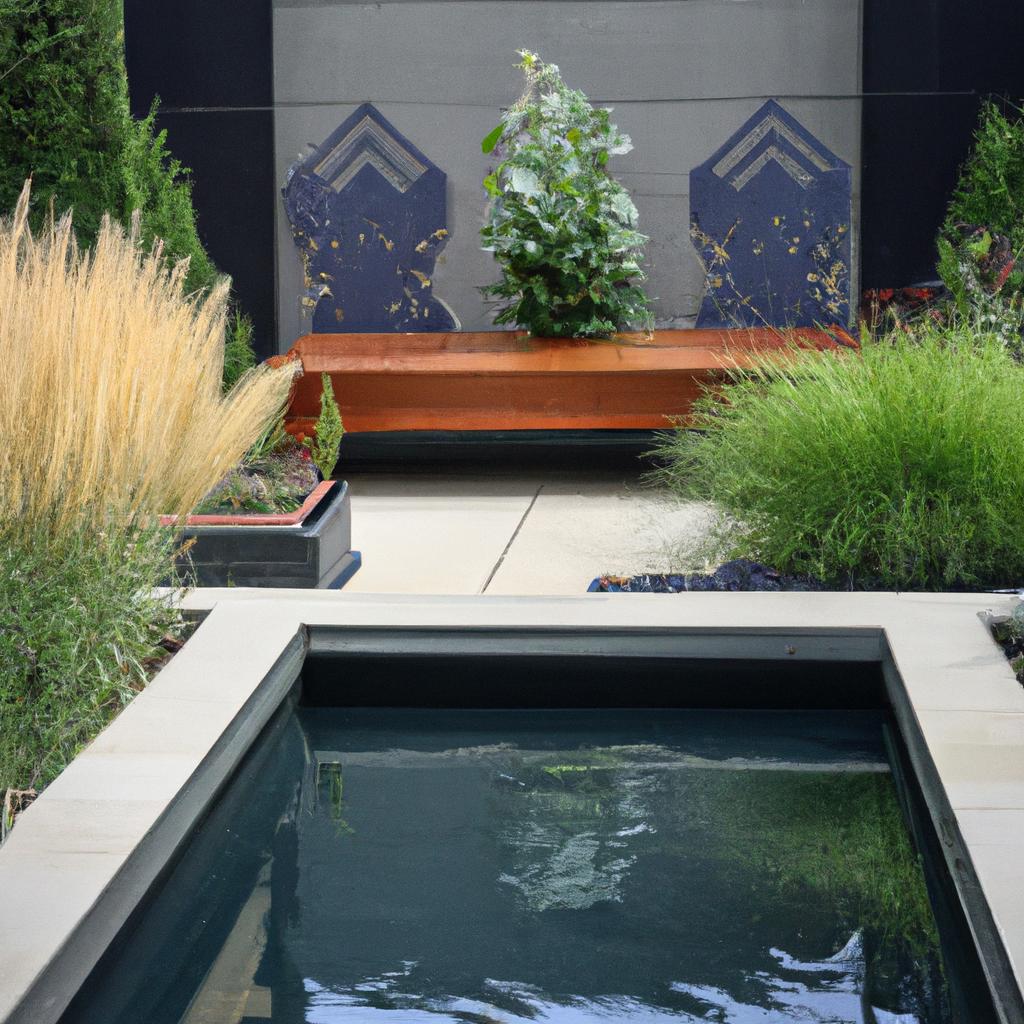
Evoking Elegance: Preferred Color Schemes
In the 1920s, garden color schemes took a departure from the vibrant and bold hues of previous eras, embracing a more subdued and sophisticated palette. Pastels and muted tones became the preferred choice, lending a sense of serenity and understated elegance to the outdoor spaces. Soft pinks, lavender, dusty blues, and pale yellows adorned the flowerbeds, creating a harmonious blend of delicate colors.
But why were these gentle hues favored? The answer lies in the desire to create a tranquil and calming environment, offering a respite from the fast-paced urban life. The pastel color palette not only evoked a sense of serenity but also enhanced the overall ambiance, allowing the eye to rest upon the natural beauty of the garden.
Adding Charm: Decorative Accents
Decorative accents played a pivotal role in enhancing the allure of 1920s gardens. Vintage garden furniture, such as wrought iron chairs and ornate benches, became a staple. These pieces added a touch of nostalgia and provided a comfortable spot for contemplation amidst the blossoming flora.
In addition to the furniture, decorative elements like urns and fountains adorned the gardens, elevating their aesthetic appeal. Urns, often filled with vibrant flowers or lush greenery, served as focal points, while fountains added a sense of tranquility with their soothing sounds and mesmerizing water displays. These accents not only enhanced the visual appeal but also created a sense of depth and interest within the garden.
Artistic Influences: Art Deco and Art Nouveau Styles
The 1920s were marked by the rise of two influential art movements: Art Deco and Art Nouveau. These styles had a profound impact on garden decor, influencing the choice of decorative accents and design elements.
Art Deco, with its sleek lines and geometric patterns, found its way into garden design. Ornamental structures, such as trellises and pergolas, embraced the geometric shapes and clean lines characteristic of this style, adding a modern and avant-garde touch to the outdoor spaces.
On the other hand, Art Nouveau brought a touch of whimsy and organic forms to garden design. Inspired by nature, curvilinear shapes and flowing lines were incorporated into garden structures and decorative elements. The sinuous forms of wrought iron gates and the delicate curves of garden sculptures reflected the influence of Art Nouveau on 1920s gardens.
By infusing the garden with the elegance of Art Deco and the organic grace of Art Nouveau, garden designers created spaces that were not only visually stunning but also captured the spirit of the 1920s.
So, immerse yourself in the gentle pastels, indulge in the allure of vintage furniture and decorative accents, and let the artistic influences of Art Deco and Art Nouveau transport you to a bygone era of beauty and sophistication.
Revival of 1920s Garden Design in Modern Times
Over the years, there has been a resurgence of interest in the exquisite charm of 1920s garden design. Homeowners and landscape enthusiasts alike have rediscovered the allure of this timeless style and are embracing its principles to create stunning outdoor spaces that pay homage to the past while remaining relevant in the present.
In today’s fast-paced world, the simplicity and clean lines of 1920s garden design offer a refreshing escape. The emphasis on geometric shapes and symmetrical layouts provides a sense of order and tranquility, allowing us to reconnect with nature in a harmonious and balanced way. By incorporating elements inspired by this era, we can create gardens that evoke a sense of elegance and sophistication.
One of the reasons for the revival of 1920s garden design is its versatility. Whether you have a small urban space or a sprawling countryside estate, the principles of this style can be adapted to suit any setting. From compact geometric beds filled with lavender and roses to formal pathways leading to secluded seating areas, the possibilities are endless.
The enduring appeal of 1920s garden design lies in its ability to blend seamlessly with modern elements. By combining vintage garden furniture, Art Deco-inspired accents, and contemporary plant choices, we can create a fusion that bridges the gap between the past and the present. This eclectic mix of styles breathes new life into the design, making it relevant and captivating for today’s garden enthusiasts.
In conclusion, the revival of 1920s garden design is a testament to its timeless elegance and enduring charm. By embracing the principles of simplicity, balance, and integration of nature, we can create outdoor spaces that transport us to a bygone era while embracing the modern world. So why not embark on this journey of rediscovery and infuse your garden with the captivating allure of the 1920s?
Remember, to learn more about garden design, explore other inspiring articles, and discover creative ideas, visit homegardenArtful.com. Unleash your imagination and transform your outdoor space into a sanctuary of beauty and tranquility.

